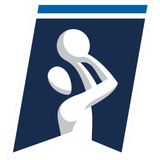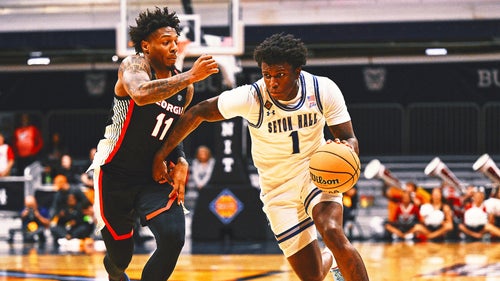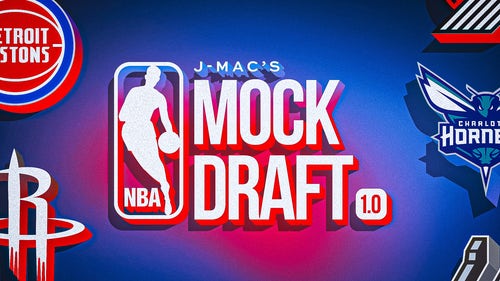





































































































































How coaches handle recruiting during the regular season
Keep up with all the latest in college basketball recruiting news, rankings, and highlights at Scout.com.
Both college basketball and high school basketball are in full swing. That of course means college coaches are playing games and hitting the recruiting trail to scout prospects. And that means that this time of year can cause some scheduling conflicts for head coaches, who want to tend to future needs while also keeping focus on the season at hand.
No recruiting situation for a college coach is more stressful than recruiting during the season for next season. While most prospects choose to sign during the early signing period in November, many still wait until the spring, and given how rosters are in a constant state of flux, coaches have to pay close attention to those who do wait to see if they fit their needs.
For someone like Illinois coach John Groce, it is a time-consuming process, but working at a high-major school can be a serious advantage.
“It is very hard to balance between being there for your team and also getting out to see a potential recruit,” said Groce. “We are fortunate to have the resources to get on a private plane to get where I need to get if it is a significant distance away. . . . That helps a lot. If we didn’t have access to a private plane, it would be more difficult.”

That isn’t the case at Kent State, where coach Rob Senderoff has to make tough decisions on what days he watches high schoolers play.
“I’m never going to miss practice, and it’s obviously difficult because we don’t have private jets, so you try the best you can on off days to see kids,” said Senderoff. “Also you try and get as much film as you can, and have your staff get out there to see kids play as well.”
While some schools like Duke, Kentucky and Kansas regularly sign players in the spring signing period, usually those are top-20 players who simply chose not to sign early. In those situations, visits aren’t so much for evaluation as they are to keep up the prospect’s interest in the school.
For the programs who don’t have the luxury of picking from McDonald’s All-American-level players in the spring, it can be a challenge, and it means that a college coach has to really rely on his staff.

USC coach Andy Enfield says trusting his assistants’ evaluation of players is critical during the season.
“It’s easier to recruit in spring and summer because you can see them more,” said Enfield. “Your own personal evaluation is more in-depth versus during the high school season when you have to rely on your staff’s which is why you have to hire good people.
“As a head coach you also have to have a feel for how your assistants evaluate. At USC we’ve been together for four years, so I am extremely comfortable with any of our staff members seeing players and relaying me their evaluation. We know what we want for our program and what type of kid fits in well for us.”
Another challenge is how many schools are looking at the same limited number of players. Competition can become fierce even for fringe prospects, simply because so few are left unsigned.
“Now you are dealing with a very finite group as kids, whereas in the early signing period there are a lot, now not as many, so that changes a lot of a kids’ recruitment,” said Xavier coach Chris Mack.
Groce added, “I do think as it heads to the spring supply and demand changes. Do guys tend to go up a level or two, sure, so you have to be honest with yourself and ask yourself if he can do the job at a spot or fill a hole on your team.”

In fact evaluating your own team and making decisions on who to bring in and who not to bring in can be one of the toughest decisions a head coach has to make.
As a coach you have more evidence of what your own team needs,” said Mack. “Sometimes that trumps your initial evaluation that you had of a kid during the spring and summer.
“The hard part is you can’t let any shortcoming, or potential future shortcoming of your team skew your thinking. That is really the rub of it.”




